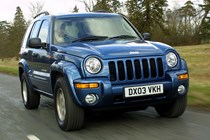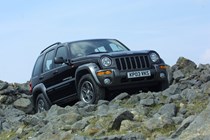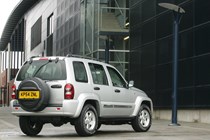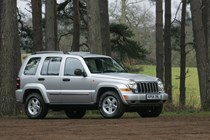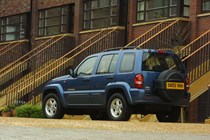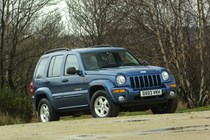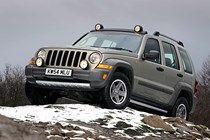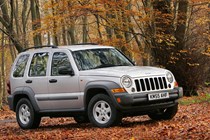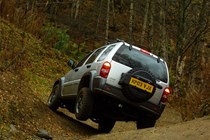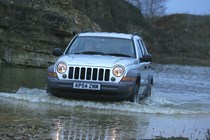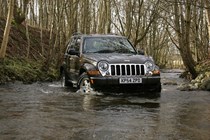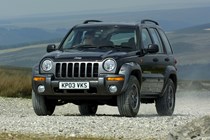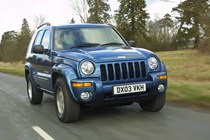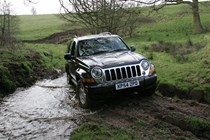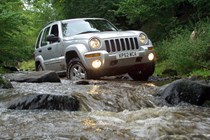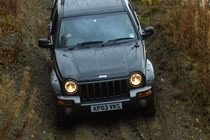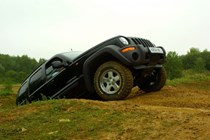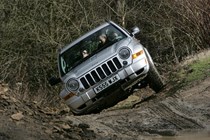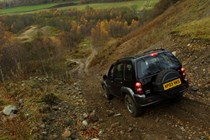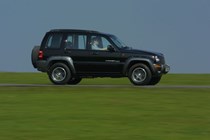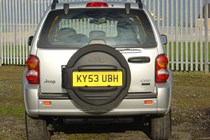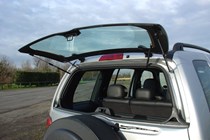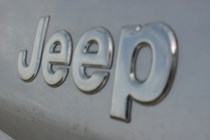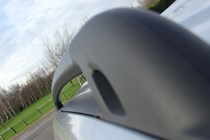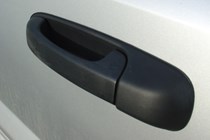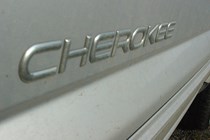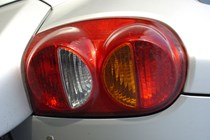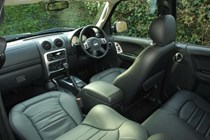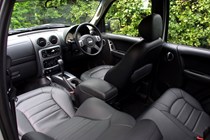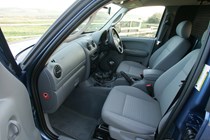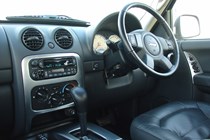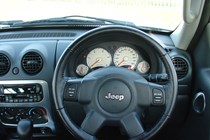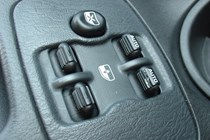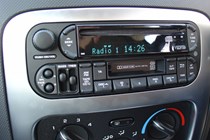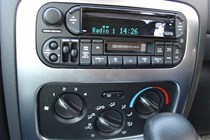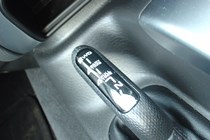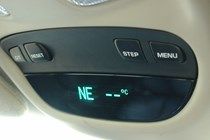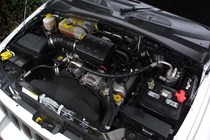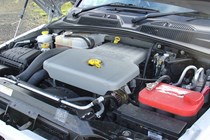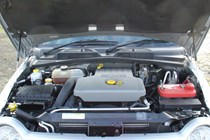Jeep Cherokee Station Wagon engines, drive and performance

The original entry-level engines – a 2.4-litre four-cylinder petrol motor, plus a 2.5-litre turbodiesel – feel pretty slow in the Cherokee. The diesel is also quite noisy and suffers from a notchy gearchange. These engines were unavailable in the UK after 2005. Jeep later offered a 2.8-litre diesel with more power than the 2.5-litre (the 2.8 was upgraded further in 2004) along with an automatic transmission, which makes the diesel Cherokee far less effort to drive.
A manual version of the 2.8 CRD replaced the 2.5 CRD in 2005. The other engine is a powerful 3.7-litre V6 (which also comes with an automatic transmission – four-speeds as opposed to the diesel’s five-speed auto), but while it feels quicker than the other engine choices, it lacks refinement.
As long as the road surface is smooth, the Cherokee feels comfortable. However, the ride is unsettled on anything other than perfectly flat tarmac. The steering feels vague, with seemingly endless turns between the locks. It does grip well enough in corners but they are always best taken at a moderate pace to keep body roll to a minimum. The Cherokee runs in rear-wheel drive mode by default, with four-wheel drive only operating when selected.
This means that the strong diesels and the V6 are sometimes victim to wheelspin at the rear when pulling out of junctions. Full-time four-wheel drive mode can be used in everyday driving if desired while a part-time mode allows for improved capability in poorer conditions – but it’s for loose and slippery surfaces only. Off road the Jeep is at home with short overhangs, excellent ground clearance and a set of low-range gears that will see it beat most obstacles, particularly if fitted with the correct tyres.


